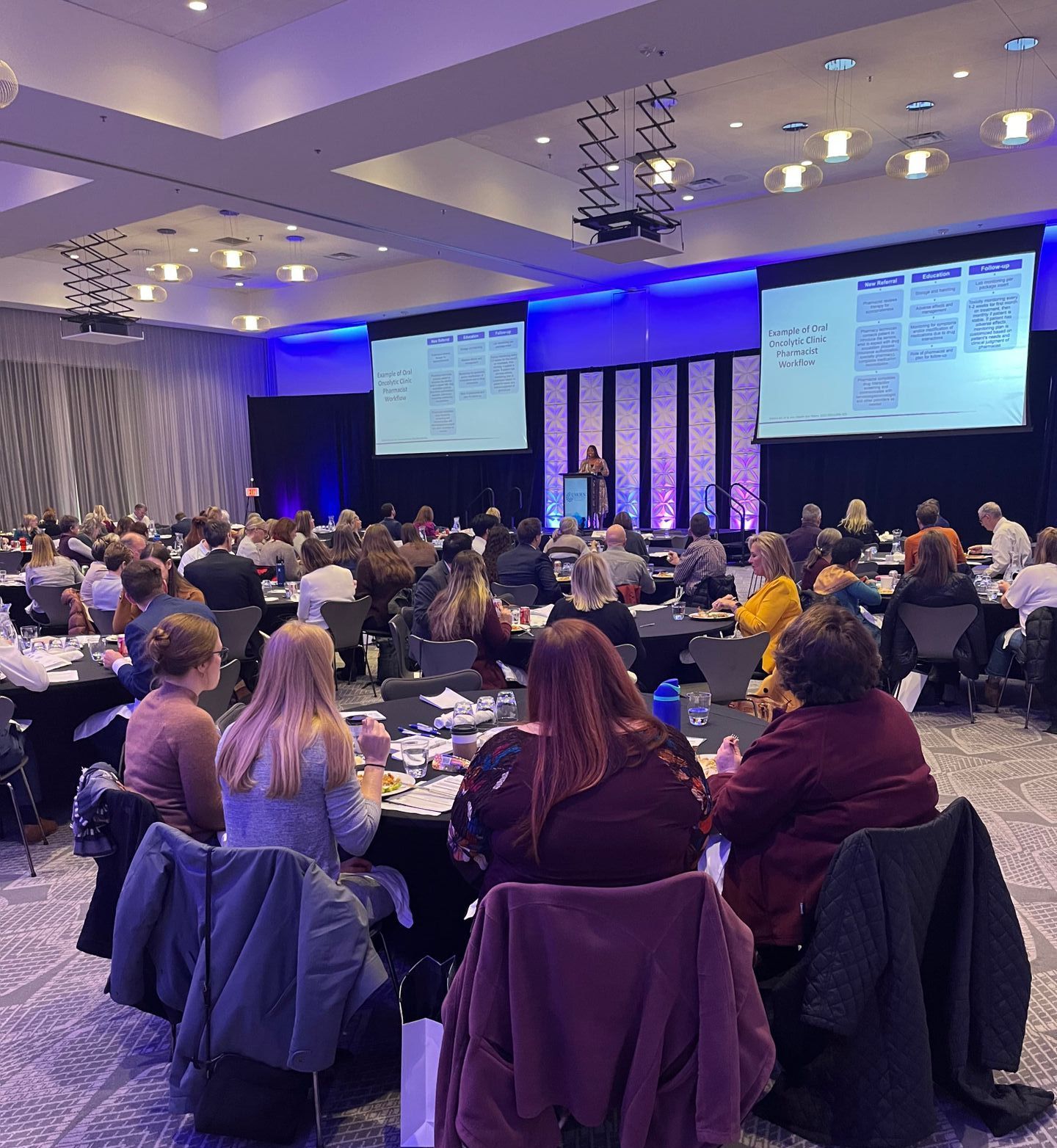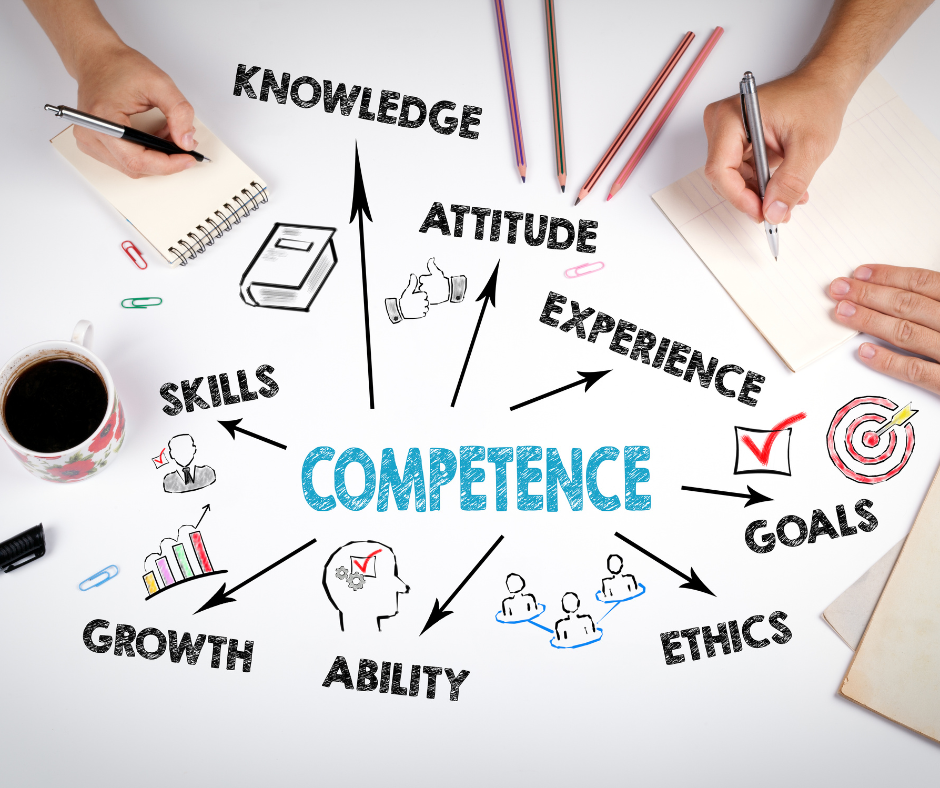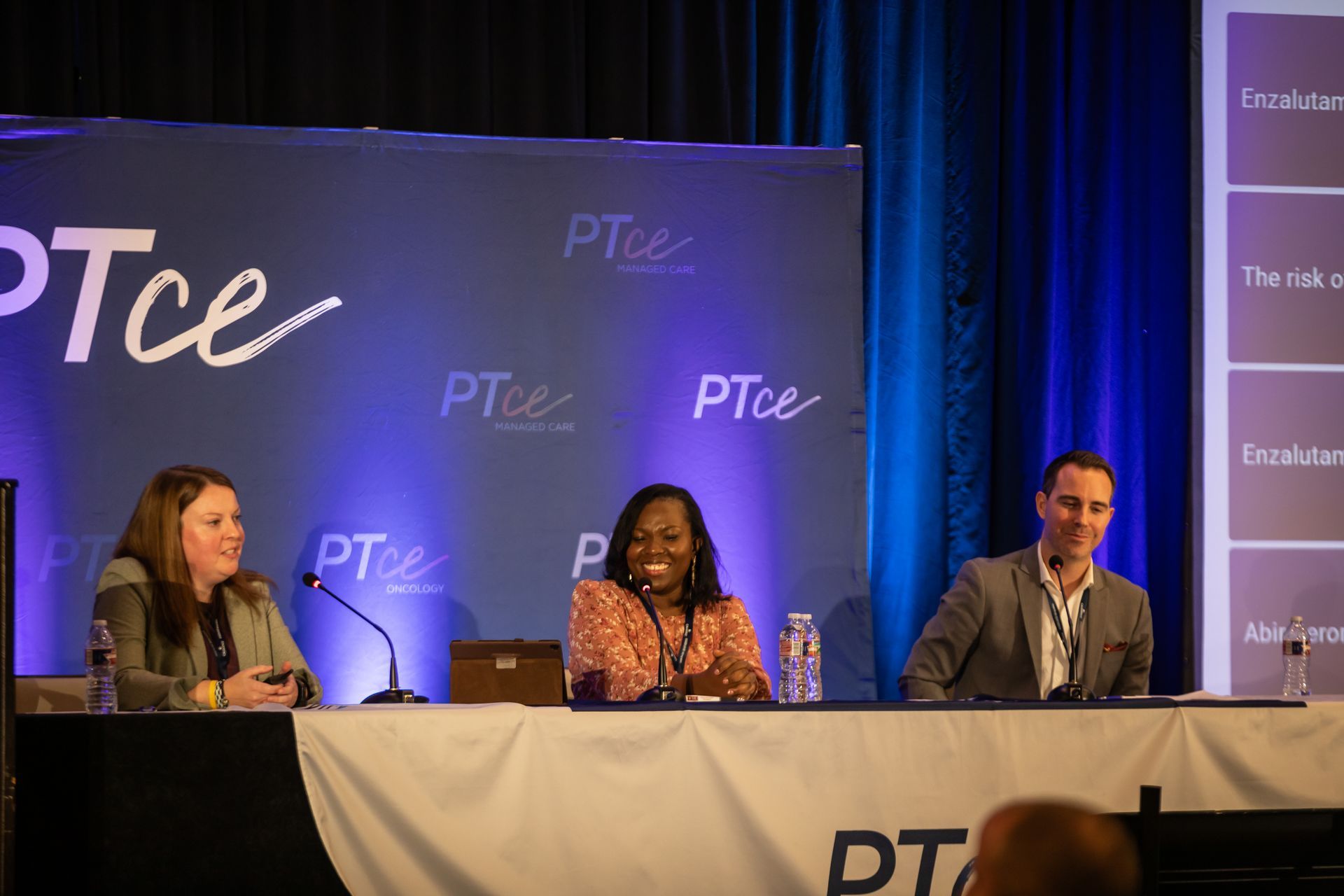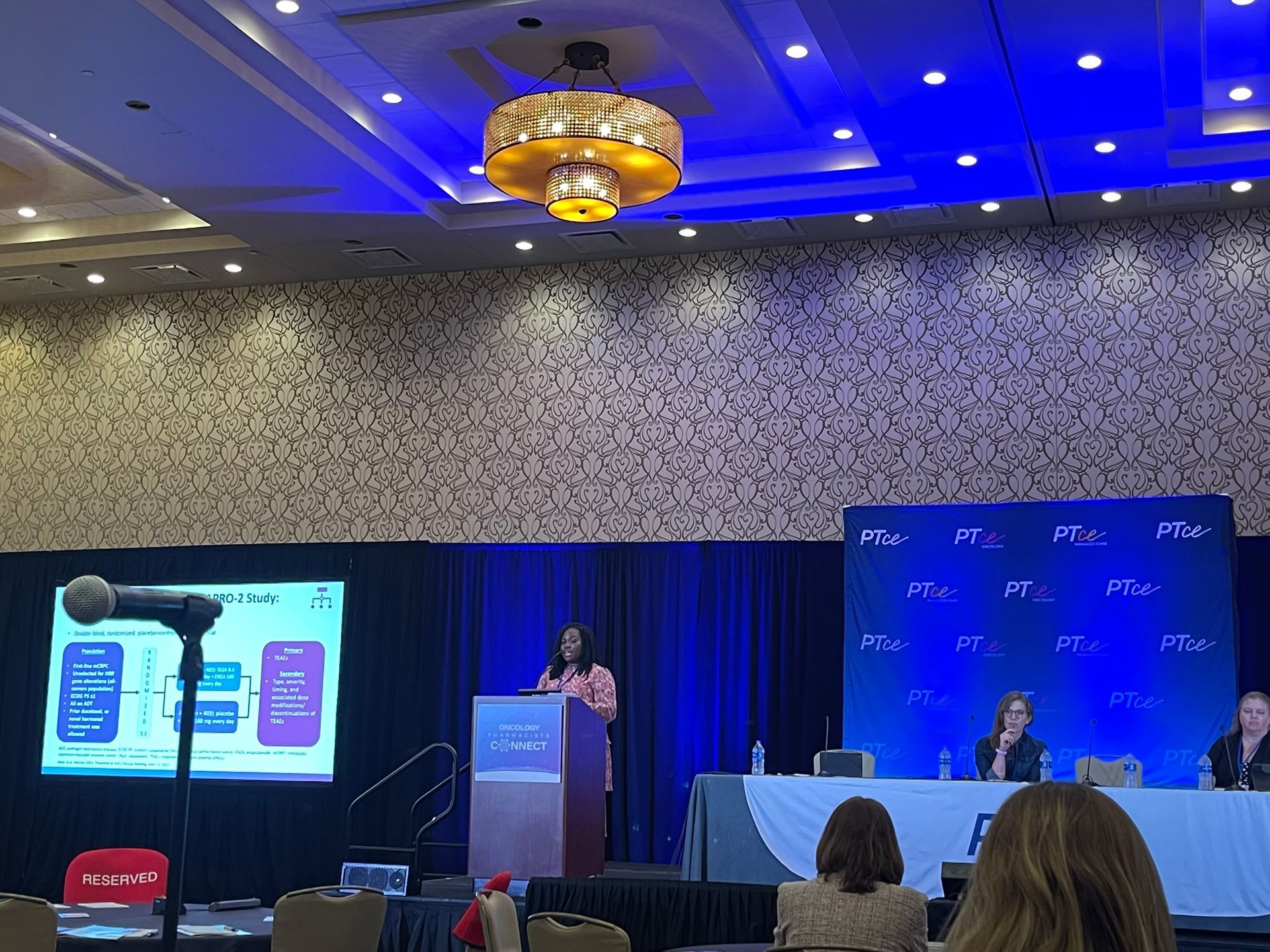Marketing Strategies for Continuing Education Providers
Effective Marketing Strategies for Continuing Education Providers

Understanding Your Target Audience
Understanding your target audience is crucial for developing effective marketing strategies in the continuing education sector. In this niche, the target audience often comprises adult learners, professionals seeking career advancement, or individuals pursuing personal enrichment. Each of these groups has distinct needs, motivations, and preferences that should guide your marketing efforts. For adult learners, factors such as convenience, affordability, and learning outcomes are particularly important.
Professionals, on the other hand, might prioritize courses that offer credentials or skills that enhance their career prospects. By conducting thorough market research, which may include surveys, focus groups, and analysis of enrollment data, education providers can gain insights into what drives their audience’s decision-making process. Understanding the demographics, such as age, education level, and employment status, and psychographics, including goals, aspirations, and pain points, allows institutions to tailor their marketing messages accordingly.
It's also essential to consider the diverse channels through which different segments of your audience consume information. For example, younger audiences may respond best to digital marketing on social media platforms, while older, more traditional learners might prefer email newsletters or direct mail. Personalization of marketing content is another critical factor, as it engages potential learners by addressing their specific needs.
Highlighting stories of past learners who have successfully achieved their goals through your programs can provide relatable and convincing narratives. Overall, a deep understanding of your target audience will not only enhance the relevance and impact of your marketing strategies but also foster stronger connections with potential learners, ultimately increasing enrollment and success rates.
Leveraging Digital Marketing Channels
Leveraging digital marketing channels is essential for continuing education providers seeking to expand their reach and engage prospective learners effectively. Potential students first turn to the internet to research educational opportunities, making a strong online presence crucial. Utilizing social media platforms is one way providers can connect with their audience, building communities where they can share valuable content, success stories, and testimonials.
By engaging users through interactive posts, webinars, and live Q&A sessions, providers can create a more personalized and relatable brand image, thereby increasing trust and interest among prospective students.
Email marketing remains a powerful tool for maintaining relationships and nurturing leads. Personalized email campaigns can deliver targeted content, such as course updates, special offers, or considerate nudges, to encourage enrollment. Automation tools help streamline these processes, allowing for consistent communication without overwhelming resources.
Search engine optimization (SEO) should be a priority, ensuring that the institution's offerings appear prominently in search engine results.
Optimized website content, including detailed program descriptions, blog posts, and relevant keywords, enhances visibility and attracts higher traffic from individuals actively seeking continuing education programs.
Paid advertising, such as pay-per-click (PPC) campaigns on platforms like Google and social media networks, can further augment reach by targeting specific demographics based on location, age, and areas of interest. These ads must be crafted with compelling messaging and visuals to capture attention and drive potential learners to act. Lastly, cultivating a strong presence on professional networks, such as LinkedIn, helps position the provider as a leader in the education field, encouraging professionals seeking to advance their careers to consider the courses offered.
Through these multifaceted digital marketing strategies, continuing education providers can effectively attract and connect with potential students in today's competitive landscape.
Crafting Compelling Content
Crafting compelling content is pivotal for continuing education providers aiming to capture the interest of potential students and maintain engagement with their current audience. The essence of effective content lies in its ability to resonate with the target audience, addressing their unique needs and aspirations. To accomplish this, providers must first thoroughly understand the demographic they intend to reach, including their goals, challenges, and learning preferences.
Content that speaks directly to these elements, showcasing how a course or program can solve specific problems or enhance career prospects, can significantly bolster enrollment rates.
Tailoring content to match the different stages of the journey is also crucial. For instance, engaging blog posts or articles can pique the curiosity of prospective students who are just beginning to explore their educational options. Meanwhile, detailed case studies or testimonials from successful alumni can provide the assurance needed for those closer to making a decision. Furthermore, integrating various media forms, such as videos, infographics, and podcasts, can cater to diverse learning styles and maintain interest across multiple platforms.
Authenticity and credibility are the cornerstones of compelling content. Featuring real stories from instructors and past students can enhance trust and foster a connection with the audience. Regularly updating content to reflect the latest industry trends and incorporating interactive elements can also stimulate sustained engagement. By adopting a content strategy that is both informative and emotionally resonant, continuing education providers can not only attract but also retain a dedicated community of lifelong learners, ultimately driving greater success in their marketing efforts.
Optimizing For Search Engines
To effectively market continuing education programs, optimizing for search engines is crucial in ensuring that potential students can easily find and access the courses being offered. Search Engine Optimization (SEO) begins with thorough keyword research to identify the terms and phrases potential learners use when searching for continuing education opportunities. Incorporating these keywords naturally throughout website content, including course descriptions, blog posts, and landing pages, is essential to improve visibility in search engine results.
Additionally, creating high-quality, informative content that addresses the needs and interests of the target audience can significantly enhance search engine rankings. This might include publishing articles, guides, and resource lists that offer valuable insights into the fields of study being promoted.
On-page SEO elements, such as meta descriptions, alt text for images, and proper header tagging, optimize the way search engines index website content, further enhancing search rankings. Regularly updating content such as course offerings, success stories, and industry news can keep the website dynamic and relevant, positively impacting search engine algorithms. Posting content that garners backlinks from reputable sources also increases credibility and improves the site's authority.
User experience is another critical factor; a well-designed, mobile-responsive website with fast loading times and easy navigation encourages longer user engagement and lowers bounce rates, factors that search engines take into account. Local SEO practices might involve optimizing for geographically relevant keywords and maintaining accurate business information across online directories, helping attract local students. Employing a comprehensive, analytics-driven approach to SEO allows continuing education providers to adapt to the evolving digital landscape, ensuring that their programs remain accessible and competitive in the search-dominated online marketplace.
Utilizing Social Media Platforms
Social media platforms have become indispensable tools for continuing education providers aiming to enhance their marketing strategies. These platforms offer a cost-effective and wide-reaching avenue for engaging with prospective students. By leveraging the power of social media, education providers can build brand awareness, engage with their audience authentically, and foster a community of lifelong learners. As an initial step, understanding the target audience's preferred platforms is essential; whether it's LinkedIn for professional courses, Facebook for a broader audience, or Instagram for visually-driven content, matching the platform to the demographic is crucial.
One effective strategy is to create and share content that is informative, engaging, and relevant to the needs and interests of potential students. This may encompass success stories, student testimonials, and behind-the-scenes glimpses of the learning experience. Consistency in posting and maintaining a cohesive brand voice across platforms can help establish credibility and trust. Furthermore, encouraging interaction through comments, shares, and likes can enhance engagement and expand reach organically.
Incorporating targeted advertising can also boost the visibility of courses and programs. Social media ad platforms offer advanced targeting features that allow providers to reach specific audiences based on demographics, interests, and behaviors. Additionally, hosting live sessions or webinars on platforms like Facebook or Instagram live can provide a direct and personal touchpoint with potential students, allowing for real-time interaction and Q&A sessions.
Engaging in social listening, where providers monitor and analyze public conversations about their brand, courses, or industry trends, can offer valuable insights that inform content strategy and improve service offerings. Ultimately, a well-rounded social media strategy can significantly augment the marketing efforts of continuing education providers, helping them to connect meaningfully with their audience and stand out in an increasingly competitive market.
Building Partnerships And Collaborations
Building partnerships and collaborations is a vital component for continuing education providers looking to enhance their marketing strategies and broaden their reach. By forming strategic alliances with industry leaders, educational institutions, professional associations, and businesses, providers can tap into new audiences and offer more comprehensive programs. Collaborative efforts foster a mutually beneficial relationship that can lead to increased visibility, credibility, and enrollment.
One effective way to build partnerships is by aligning with organizations or businesses that share similar goals or demographics. This alignment ensures that the educational offerings are relevant and appealing to the partner's network or customer base. For instance, partnering with a leading technology company to offer courses on the latest tech innovations can attract tech-savvy professionals seeking to update their skills.
Similarly, working with professional associations can provide access to their membership base, offering targeted courses that meet specific industry needs.
Joint marketing initiatives can be particularly potent in leveraging the strengths of each partner. Co-branded materials, webinars, workshops, or conferences can attract a diverse audience, blending the networks of all involved parties. These joint ventures not only amplify marketing efforts but also enhance the perceived value of the educational offerings, given the endorsement and collaboration of credible partners.
Additionally, collaborations can extend to curriculum development and resource sharing. By involving industry experts or academic leaders in course design and delivery, continuing education providers can ensure their programs are cutting-edge and meet current market demands. This industry-relevant approach not only attracts students but also helps maintain high course completion and satisfaction rates, ultimately leading to positive word-of-mouth and referrals.
Measuring Success And Refining Strategies
Measuring the success of marketing strategies for continuing education providers is crucial to ensure resources are being utilized effectively and goals are being met. This involves a multi-faceted approach that starts with identifying clear and quantifiable objectives, such as increasing enrollment numbers, boosting website traffic, or enhancing brand awareness. Once these objectives are established, utilizing analytics tools becomes essential. These tools can provide insights into web traffic patterns, engagement rates, and conversion metrics.
Regularly assessing these data points allows continuing education providers to discern which marketing channels and campaigns are performing well and which are not.
Beyond quantitative data, qualitative feedback also plays an essential role in measuring success. Soliciting feedback from current and prospective students can provide valuable insights into what aspects of the marketing strategy are resonating with the target audience and where there might be room for improvement. This can be done through surveys, interviews, or feedback forms, offering a more in-depth understanding of the customer experience and the perceived value of the courses offered.
With this information in hand, providers can then refine their marketing strategies. This might involve reallocating budget towards high-performing channels, experimenting with new tactics, or even redefining target audience segments. An iterative process of testing, measuring, and refining allows for continuous improvement and agility in marketing efforts. By remaining adaptive and responsive to both data-driven and customer-driven insights, continuing education providers can enhance their marketing efficacy, ultimately leading to greater success in achieving their educational objectives.
Ready to elevate your Continuing Education programs with effective marketing strategies? Let us help you attract more learners, enhance engagement, and grow your offerings.
📩
Contact us today to explore tailored marketing solutions!
🔗 Visit
Community RSG for expert guidance and resources.

Slide title
Write your caption hereButtonSlide title
Write your caption hereButtonSlide title
Write your caption hereButton
Blogs
Community Resource Solutions Group
Transforming Health Equity Initiatives with Proven Strategies and Insights.
Business Hours
Mon-Fri 9 am-5 pm
Houston, TX
TeL: 346-436-7986
MENU
STAY CONNECTED
Contact Us
We will get back to you as soon as possible.
Please try again later.












